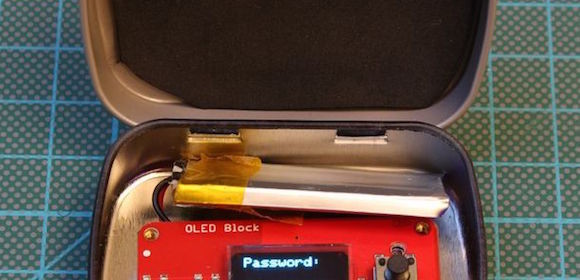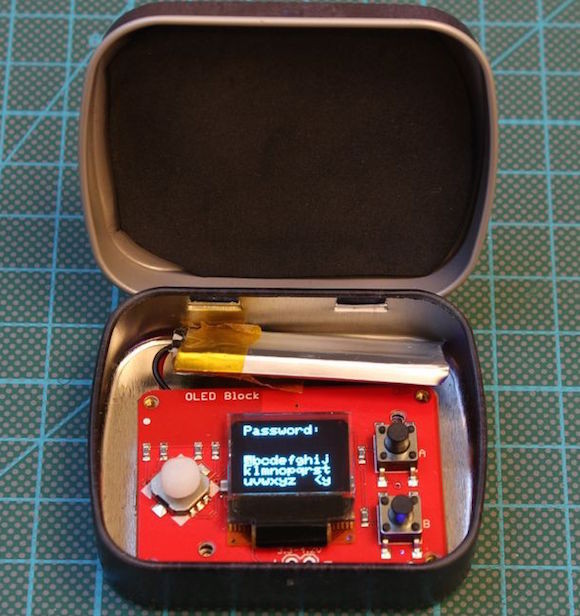Automated environmental alert system

DJ‘s Instructable describes an automated environmental alert system consists of four gas sensors to meausure the concentration of methane, propane, carbon monoxide, and smoke in the air and are connected to an Intel Edison for wireless detection and alerting. The entire system runs with a 5V 3A power supply and the sensor data are read through 4-analog input channels of the Intel Edison board. He used an Arduino breakout board for Intel Edison for rapid prototyping of his project.
An Intel Edison runs the show for the Environmental Alert System. The Edison is mounted on an Arduino breakout board, which makes it easy to read the analog signals from the sensors and potentiometers. The Edison is connected to the 5V rail via a micro usb cable. The Edison has a built-in Wi-Fi radio, which allows it to connect to the internet without the need for any additional hardware.
The system has four sensors that connect the Edison. Each sensor is directly powered from the 5V rail and has its signal pin connected respectively to A0 through A3 on the Edison breakout board. The sensors also each have a sensitivity adjustment resistor; the MQ-7 has a 10K ohm resistor and the rest each have a 20K resistor. The MQ-2 is a combustible gas sensor (liquified petroleum gas, propane, hydrogen, and methane) that outputs an analog voltage proportional to the concentration from 300 to 10,000 parts per million. The MQ-4 is a methane gas sensor and has a equivalent concentration to voltage response. The MQ-6 is an LPG, isobutane, propane sensor. The MQ-7 is a carbon-monoxide sensor.


